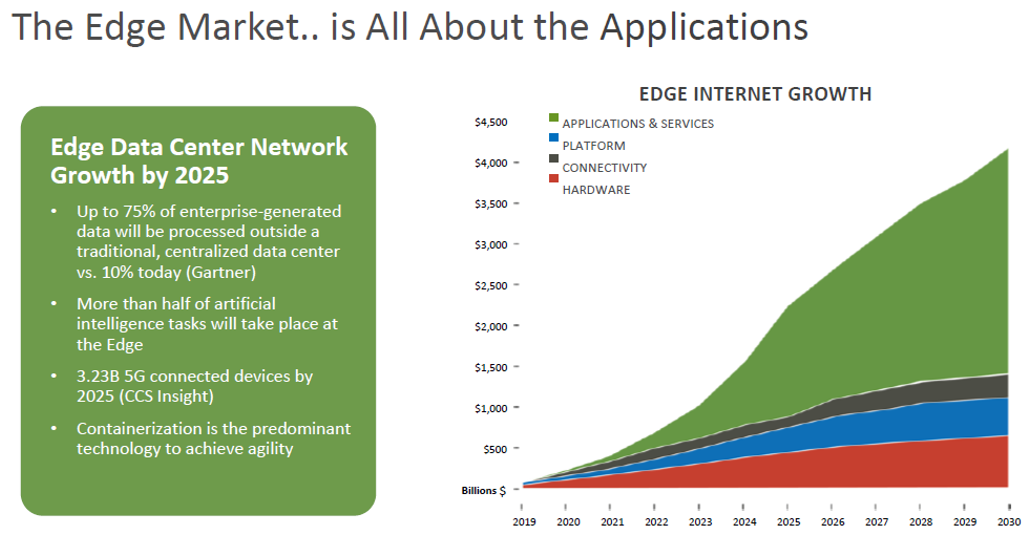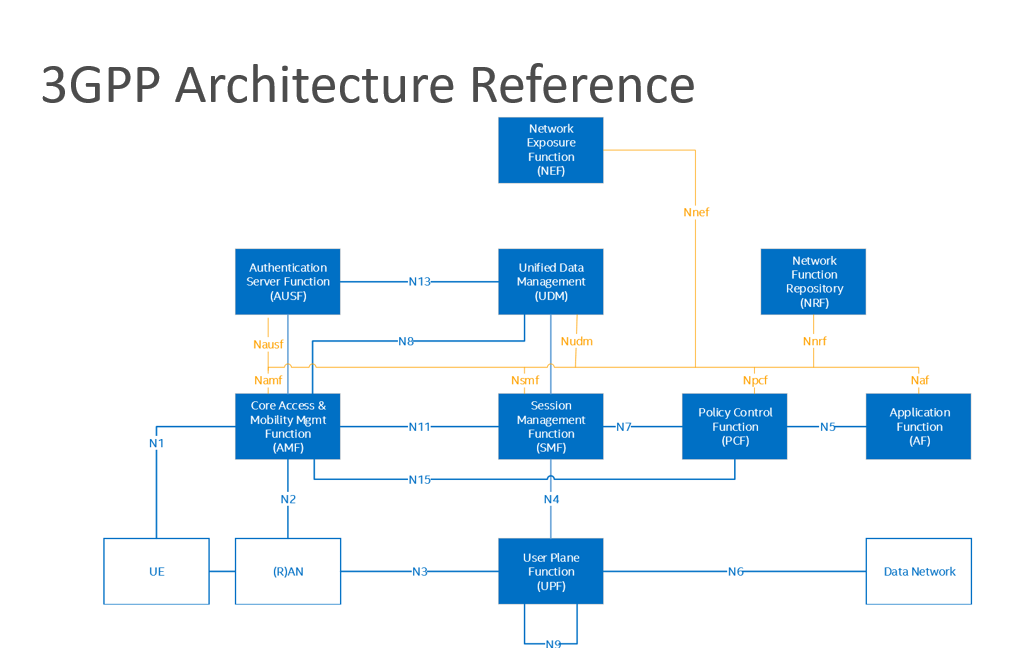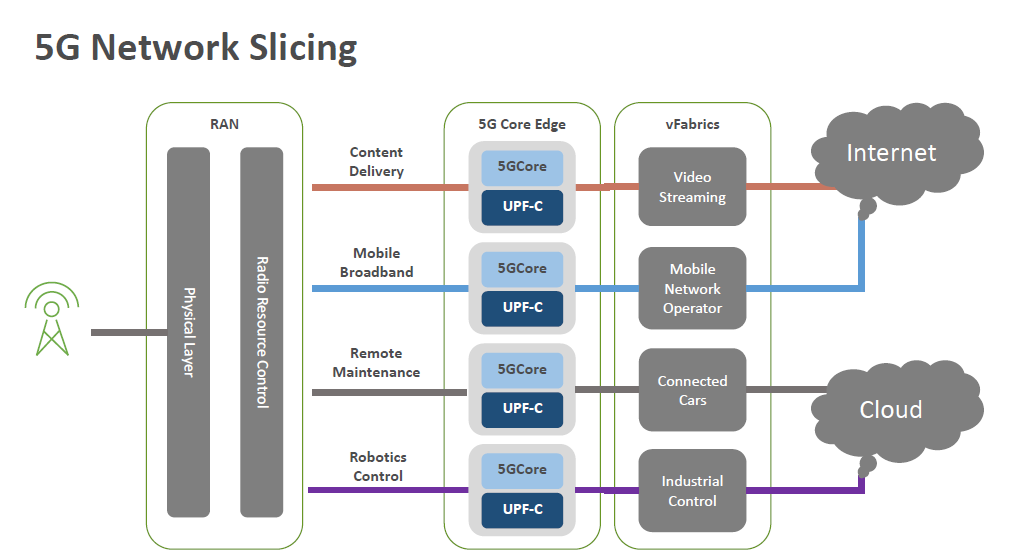Delivering 5G profitability will take a village
In a previous article here at The Fast Mode, my colleague and CTO explored how 5G Drives the Distributed Edge. In it, he demonstrated that new 5G-enabled applications and use cases such as autonomous vehicles, AR/VR, and IoT/IIoT demand extremely low latency (below 10ms), which require a distributed edge architecture that moves access termination and compute capabilities closer to the end user. This means increasing the number of distributed edge data centers or virtual central offices by an order of magnitude.
According to Gartner, while worldwide 5G network infrastructure spending doubled in 2020, total wireless infrastructure revenue was expected to decline 4.4 percent to $38.1 billion in 2020 (Gartner Says Worldwide 5G Network Infrastructure Spending to Almost Double in 2020, July 2020). This puts communications service providers (CSPs) between a rock and a hard place when it comes to rolling out revenue-generating 5G services. Average Revenue Per User (ARPU) will not go up enough to pay for a traditional 5G rollout based on a monolithic solution from one large network solution provider.
Compounding this is the nature of many 5G applications that often involve a proliferation of end points and data. Some examples include connected cars and 5G-enabled HD cameras for a smart city application. These will create an order of magnitude more data than a traditional smartphone, but will only generate $1 or $2 of ARPU per month. Installing 5G requires extreme amounts of upfront investments (CAPEX).

Even if 5G costs were the same as 4G rollouts, service providers still could not economically justify their revenue models throttling down to $1 or $2 ARPU per month. Additionally, the ongoing costs of energy, space and network configuration and management (OPEX) are associated with adding so many new distributed edge sites. For 5G to be profitable, CSPs require CAPEX and OPEX both at vastly reduced cost points.
Tearing down the walled garden
Service providers have been accustomed to buying monolithic network solutions from just a few large networking vendors. These siloed solutions offer end-to-end functionality, but they come at a high price and innovation often suffers. No single vendor, no matter how large or small, can deliver all the needed components for profitable 5G rollouts—it will take a village. Even IBM saw the need to launch its "IBM Cloud for Telecommunications," along with 35 other partners.
Open source to the rescue
Fortunately, several open-source groups and alliances are working diligently to help CSPs reduce the costs of rolling out and supporting 5G services. For example, the 3GPP reference architecture below shows nine discrete functions, and each can be handled by the individual, interoperable systems from smaller companies. Just as the internet fostered a new wave of competition in software and hardware that dramatically drove down prices, the 3GPP model is also fostering competition, lowering costs in the mobile infrastructure space.
Using an architecture based on best-of-breed open-source systems infrastructure can save providers significant CAPEX in a 5G network's overall cost.

Image Above: 3GPP Architecture Reference
OPEX can also be significantly reduced via network slicing, containerization, and automation enabled via the open-source community's efforts. The 3GPP Architecture Reference (above) showcases theseparation of the data plane function called User Plane Function (UPF) from that of the control plane function called Session Management Function (SMF) within the 5G packet core.
The UPF's cloud native support for end-to-end 5G network slicing enables the partitioning of a physical edge data center into multiple independent virtual edge data centers, each with their own virtual fabric (vfabric) corresponding to a logical UPF slice instance that has its own differentiated network capabilities and characteristics. Network slicing allows multiple customers' network traffic to be carried on the same physical infrastructure, enabling initial 5G service rollouts while minimizing costs and risks, via shared resources. Additionally, each slice provides a fully isolated domain at the hardware level, thus delivering a higher quality of user experience through better security and maintenance of SLAs.

Similarly, because of their lightweight compute and storage footprint, it is far more cost-effective to use containers than virtual machines (VMs) because you can have more containers supporting more devices simultaneously on the same hardware. Containers free up valuable resource overhead to support revenue-generating applications and services instead of infrastructure. They are also more portable and quicker to instantiate and restore versus VM-based overlays, delivering increased speed and flexibility in service rollouts.
OPEX can be significantly reduced by intersystem automation and self-healing networking systems. Zero-touch provisioning of the virtual networking and virtual components enables a zero-touch fabric with minimal to no human intervention, reducing human resources costs, downtime, and human errors. Automated, zero-touch systems can take minutes versus hours or even days, versus traditional solutions. Utilizing open software-based standards and architectures also enables automated software upgrades from open-source organizations such as Linux, Kubernetes and others. OpenShift, Red Hat’s Kubernetes-based platform that operators are using for 5G radio access networks (RAN) and 5G network cores, also makes it much easier for end-users and engineers to deploy these turnkey pre-tested solutions.
Other open-source organizations such as the P4 Programmable Language Consortium and the Open Compute Project's Open Network Install Environment (ONIE) help break down siloes of vendor locked-in solutions. P4 and 3GPP have dramatically increased network programmability, delivering greater flexibility to meet future and unforeseen network requirements. ONIE defines an open install environment for bare metal network switches creating an ecosystem where end users have a choice among different network operating systems and switches. This allows CSPs and enterprises to mix and match solutions to meet their exact requirements, whether those are lower costs, higher throughput, or increased flexibility.
Summary
In the new paradigm, intersystem interoperability is an absolute must and needs to be proven via rigorous testing for CSPs to have reliable, turn-key solutions that are ready for 5G rollouts. Utilizing different open-source solutions to build out a multi-vendor 5G infrastructure delivers lower costs and greater choice. Enabling profitable 5G rollouts will take a village and will require well-tested interoperable solutions.


















